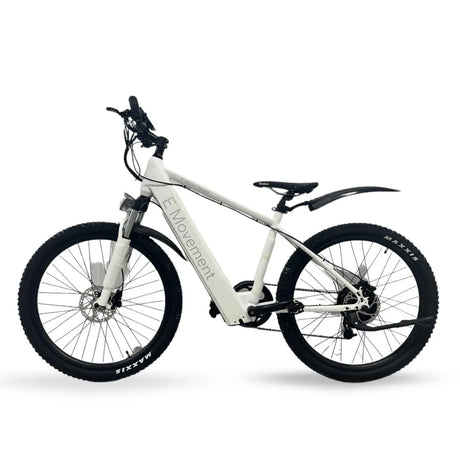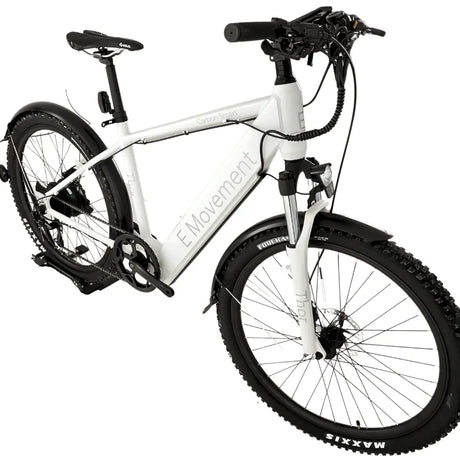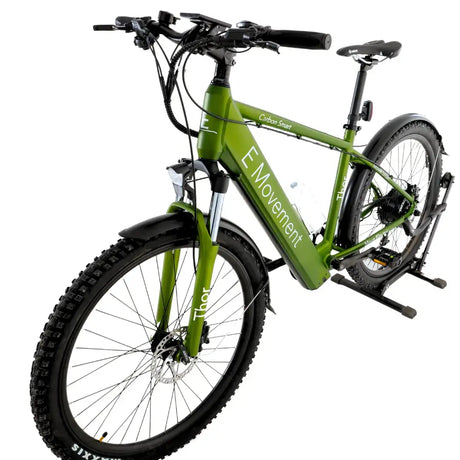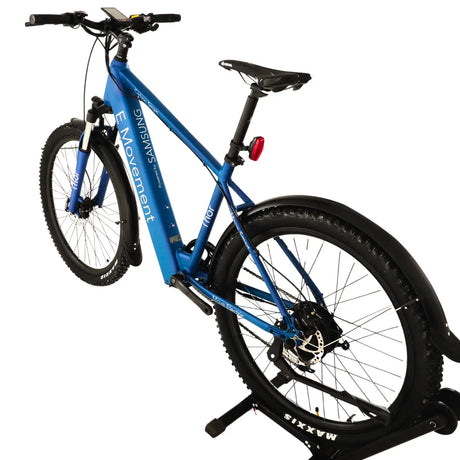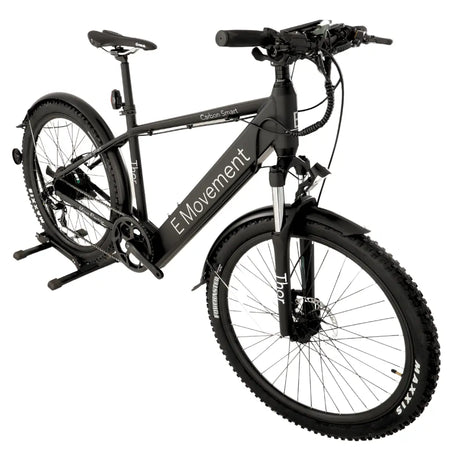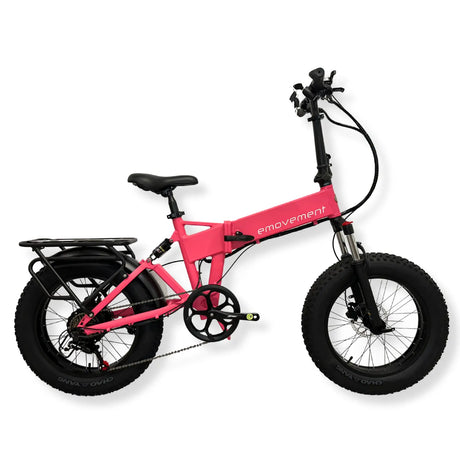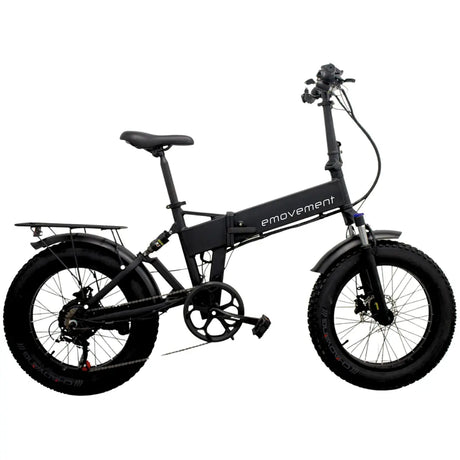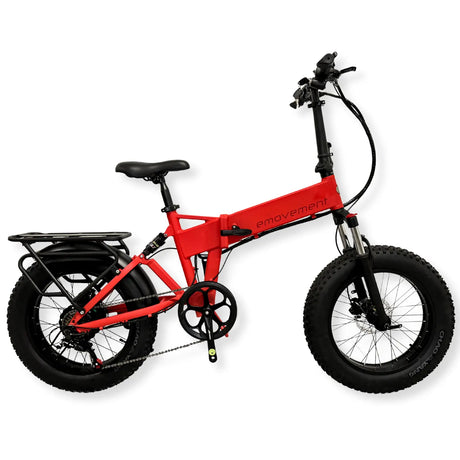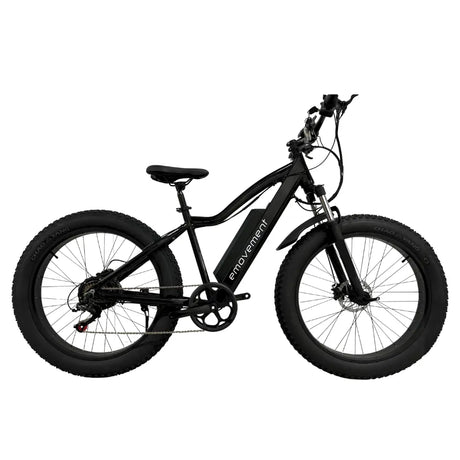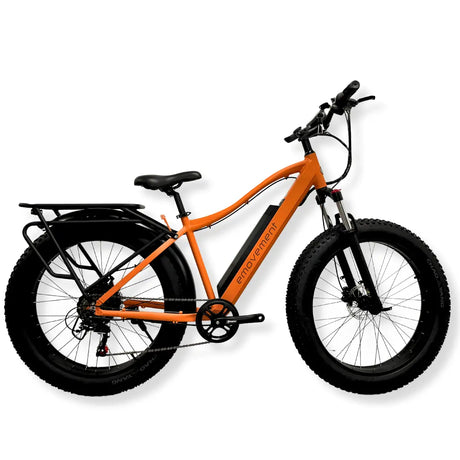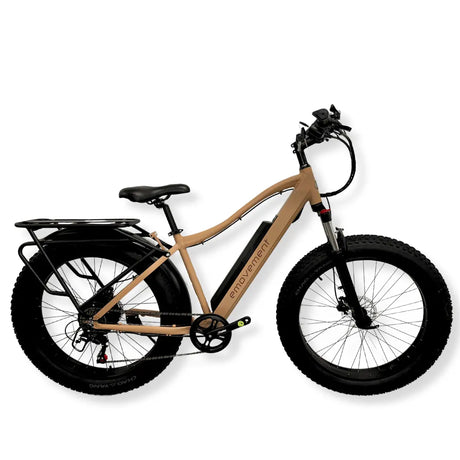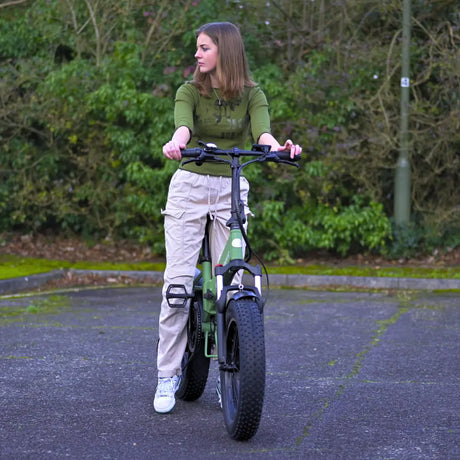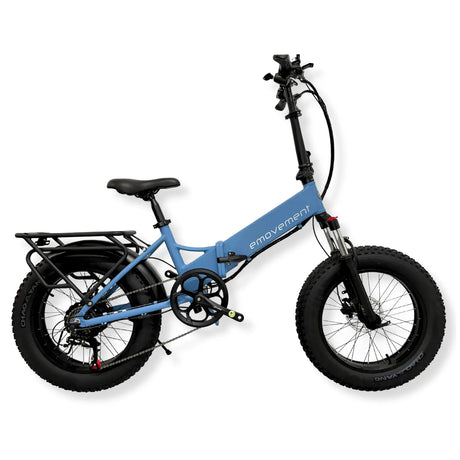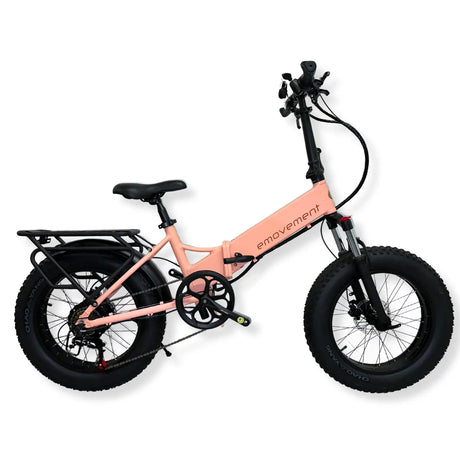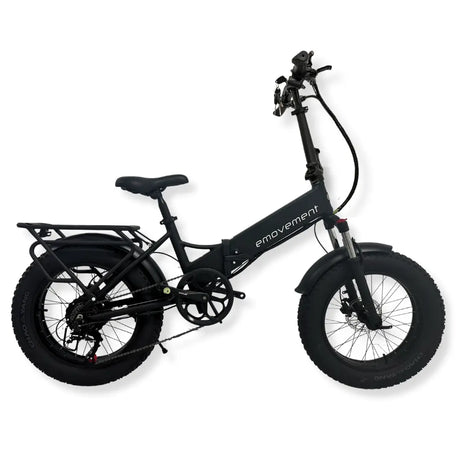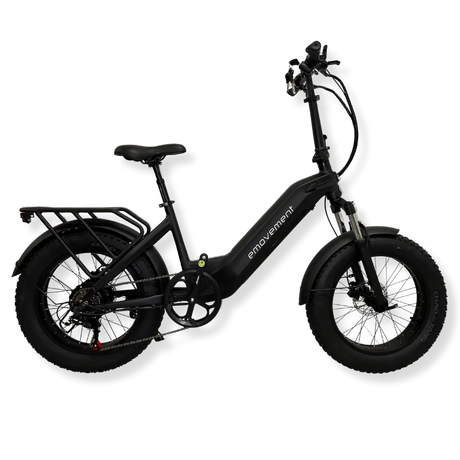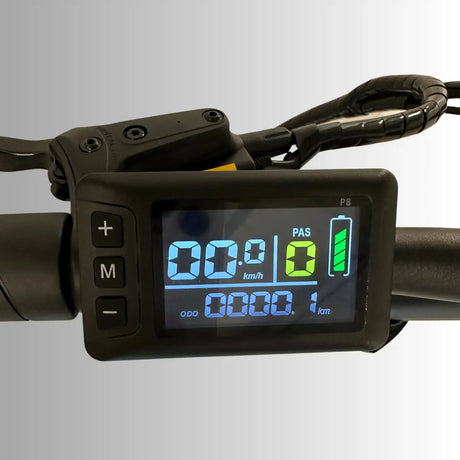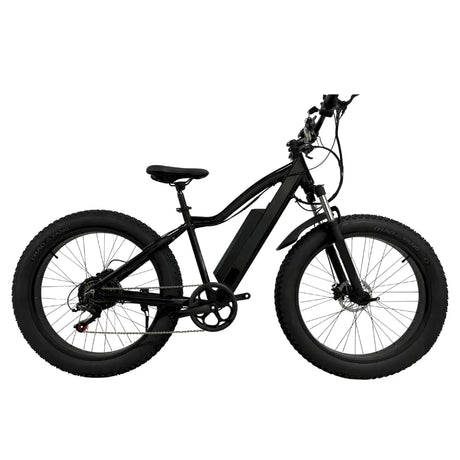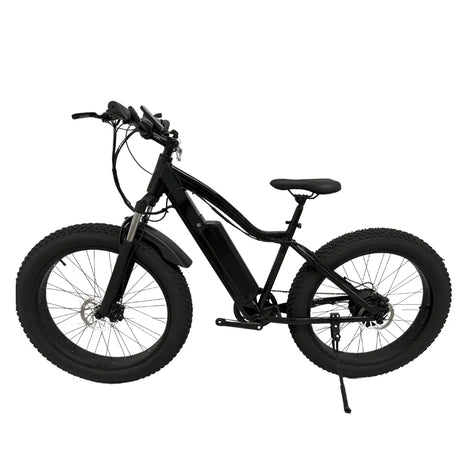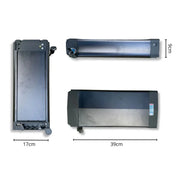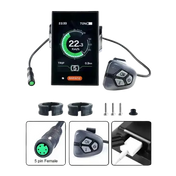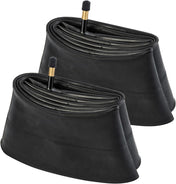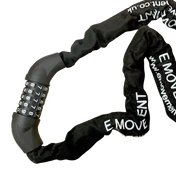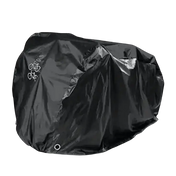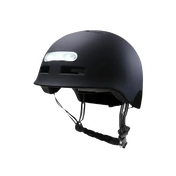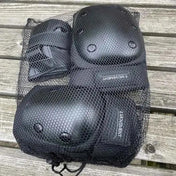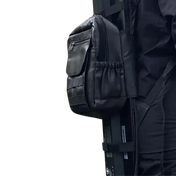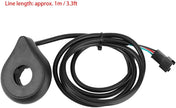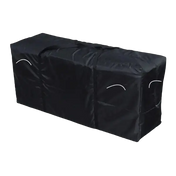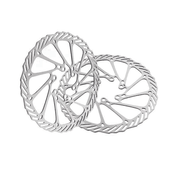Ah, there’s nothing like the sound of your electric bike tyre beginning to hiss down the road, just as you cycle smoothly through town or on your way home from work. Getting a flat tyre can throw a wrench in your day, especially if you don’t know how to change it. Let’s be honest, changing electric bike tyres isn’t quite as simple as those on traditional bikes.
The good news? If you’ve happened to pick up a flat tyre on your e-bike, it’s something you can handle, especially if you’re already riding a bicycle. If you’ve got the know-how, the tools, and a little confidence, you’ll be back on the road in no time. In this in-depth guide, we’ll show you how to do it, step by step, and provide expert advice on prevention, maintenance, and savvy buying decisions to reduce the chances that you’ll have to deal with a flat tire in the future.
Flat-Fix Flowchart At a Glance
Here’s a primer on what to do when you have a flat tyre:
-
Pull over safely and away from the road.
-
Turn off the power and take out the battery.
-
Is it the front or rear tyre?
-
Unplug the motor cable (rear wheel)
-
Remove the wheel with an appropriate tool.
-
Remove the tyre and examine the tube or sleeve.
-
Replace or repair the inner tube or tubeless tyre patch.
-
Put the wheel back on, plug the motor back on the wire, pump the tyre, and try again.
This is a more basic workflow. Read on for the details of each step and additional troubleshooting tips.
Electric Bike Tyres 101: What’s Different?
Electric bicycle tyres are designed for greater wear and tear than your average bicycle tyre because they support extra weight and torque due to the motor and the battery, which affects their cost. They may be reinforced and have higher load ratings and thicker treads.
Key Differences
-
Tyre Pressure: E-bike tyres must run accurately to achieve optimum grip, efficiency & reduce the risk of puncture.
-
Weight Capacity: The tyres must handle the extra weight from the battery and motor.
-
Motor Heat & Wear: Rear hub motors can increase the wear around the axle area over time.
-
Types of Valves: Most e-bikes in the UK have Schrader valves, but some premium or performance bikes will have Presta.
Common Causes of Punctures
-
Riding with low tyre pressure
-
Snags (e.g., glass, thorns, nails).
-
Worn or misaligned rim tape
-
Tyres not suitable for terrain (eg, road tyres on gravel)
Knowing the structure of your electric bike tyre can help you diagnose the issues and prevent flat tyres.
Toolkit & Pre-Ride Checks
A small kit of tools can save your ride (and your sanity). Here’s what to carry:
Essential Toolkit
-
Tyre levers (plastic to prevent damage to the rims)
-
Spare inner tube (making sure it fits your tyre size)
-
Mini pump or CO₂ inflator
-
15mm spanner or hex key (depending on your axle type)
-
Chain pliers (if you need to release the tension of a derailleur)
-
Motor connector extraction tool (if applicable)
-
Tyre foam (for tubeless systems)
Pre-Ride Maintenance Tips
-
Check tyre pressure weekly.
-
Examine treads for glass, stones, and nails.
-
Remove and check the battery every couple of weeks for rubbing or cable tension in the Tyre path.
-
Tally your bike’s tyre pressure, service info, and torque settings on a notepad or app.
This proactive care is included in our top 10 e-bike upkeep and maintenance tips and will help minimise the chance of any unexpected blowouts partway through your journey.
Step by Step: Rear Hubbed Wheel (Worst Case Scenario)
The back wheel is trickier because of the motor and gears. To handle the rear-hub motor tyre replacement, follow the process given below:
Step 1: Power Off
Always turn off your e-bike and take out the battery so that you don’t encounter an electric shock or unintentionally start the motor.
Step 2: Unplug the Motor Cable.
Find the motor connector ( typically sited by the chainstay). Carefully separate it by pulling from the connector end, not the wire.
Step 3: Loosen the Axle Nuts
Loosen the axle nuts on both sides and ideally use a 15mm spanner or socket wrench. Whatever you do, don’t lose the torque washers — your motor will not be aligned right without them.
Step 4: Remove the Wheel
Pull the rear wheel up and out of the dropouts. If your bike has a derailleur, pull it back gently when removing the wheel.
Step 5: Let the Air Out and Take Off the Tyre
Let all the air out of the tyre and lever it off the rim. Take off the punctured inner tube and check for foreign objects.
Step 6: Check, patch, or replace
If it is small, and you have a patch kit, then patch it.
If you find the tube in poor condition, replace it whole.
Clean tubeless tyres and reseal with new sealant.
Step 7: Reinstall the Tyre
Fit the tube or re-seat the tyre. Inflate slightly, rotate the wheel to ensure even seating, then inflate to the correct pressure.
Step 8: Refit the Wheel
Slide the wheel up, align the torque washers well, and cinch down the axle nuts to spec. Next, reattach the motor cable and the battery.
Test ride the bike before you take it off.
How To: Front Wheel & Mid-Drive Bicycles
Removing a front tyre is easier as there is no interference from the motor and only the derailleur (mech) to worry about.
6 Steps
Step 1: Power off and remove the battery.
Step 2: Unscrew the quick-release or through-axle.
Step 3: Take off the wheel from the fork.
Step 4: Deflate and take off the tyre. Next, repair/replace the inner tube.
Step 5: Refit the tyre, ensuring the direction is right.
Step 6: Refit the wheel to ensure the brake disc is located correctly within the calliper.
Be mindful of chain tension in mid-drive motors; other than that, the process is similar to regular bicycles.
Troubleshooting And Other Issues
Some issues are before us, but we ignore them until it’s too late. Therefore, here are some common electric bike problems and solutions that will come in handy.
Recurring Flat Tyres
Are you experiencing recurring flat tyres? Although it’s not usual, you might have the following problems:
-
Pinch flats (the two-hole ones): Your tire is under-inflated.
-
Look for glass Shards: Use a cloth or glove to look inside the tyre.
-
Rim strip failure: The Rim strip exposes the inner tube to spoke holes.
Electrical “Flat” Symptoms
If your e-bike suddenly slows down but the tyres are ok, check:
-
Battery connection
-
Motor cable
-
PAS sensor alignment
Post-Crash Warnings
After a crash, inspect:
-
Tyre bead
-
Brake rotor clearance
-
Battery housing (Thermal runaway or fire hazard)
Best Practices for E-Bike Maintenance & Upkeep
While you must be prepared for a mishap, you must also take precautions before things worsen. Follow the top e-bike upkeep and maintenance tips to ensure you always have a smooth ride.
Weekly
-
Inspect tyre pressure and visual tread wear.
-
Check for debris stuck in the tread.
Monthly
-
Give the drivetrain a good wipe down and check the cables.
-
Look for any cracks on the side walls.
Annually
-
Replace worn tyres.
-
Check spoke tension, especially on hub motors.
-
Use this to obtain full professional service.
Always listen to your e-bike manufacturer's advice and ensure you opt for maintenance best practices.
E-bike Types & Tyre Differences
All types of e-bikes are not created equal. Here's how tyre care varies:
-
Smaller folding e-bikes (20-inch wheels) are more susceptible to pinch flats.
-
Choose puncture-proof tyres or inserts for commuters' e-bikes
-
Cargo e-bikes pick heavier loads, so tyres wear faster, therefore, frequent pressure checks are important.
-
MTB/Trekking: Tubeless set-ups are best for off-road protection.
Different e-Bike, different tyre strategy. Each type of e-bike needs a tire strategy that suits its frame, use, and rider’s riding style.
Factors to Consider When Buying an E-Bike That Won’t Leave You Stranded
If you’re still looking for an answer, how to choose an electric bike? Here are some useful tips.
Essential Things to Look for When Buying an E-Bike:
-
Tyre size & width: Broader tyres provide comfort and grip, but decrease efficiency.
-
Motor location: Mid-drives facilitate the removal of the wheels.
-
Dropout Structure: The Slotted frame is more convenient for DIY repair.
-
Built-in Puncture protection. Some tyres are fitted with layers of Kevlar or self-sealing tubes.
-
Spare parts availability: Are matching tires/tubes easily available in your area?
Knowing how to choose an electric bike isn’t just about the frame and battery. It’s also important to consider ease of maintenance, since you’re likely hoping your ride will last you for years.
Conclusion
Getting a flat tyre on an electric bike is not the end of the world, but an opportunity to become intimately familiar with your bike and feel more in control on the road. With the proper habits, tools, and approach, you should be able to fix most punctures in less than 30 minutes.
So, if you’re in the market for an upgrade? Choose wisely to prevent some typical pitfalls down the road. As the proverb says, puncture-proof is better than panic-prone.


